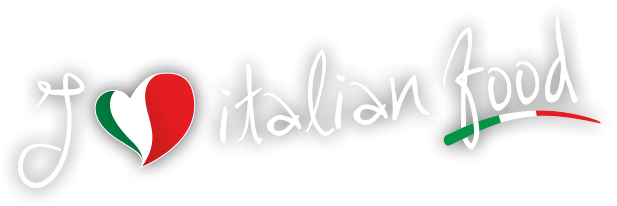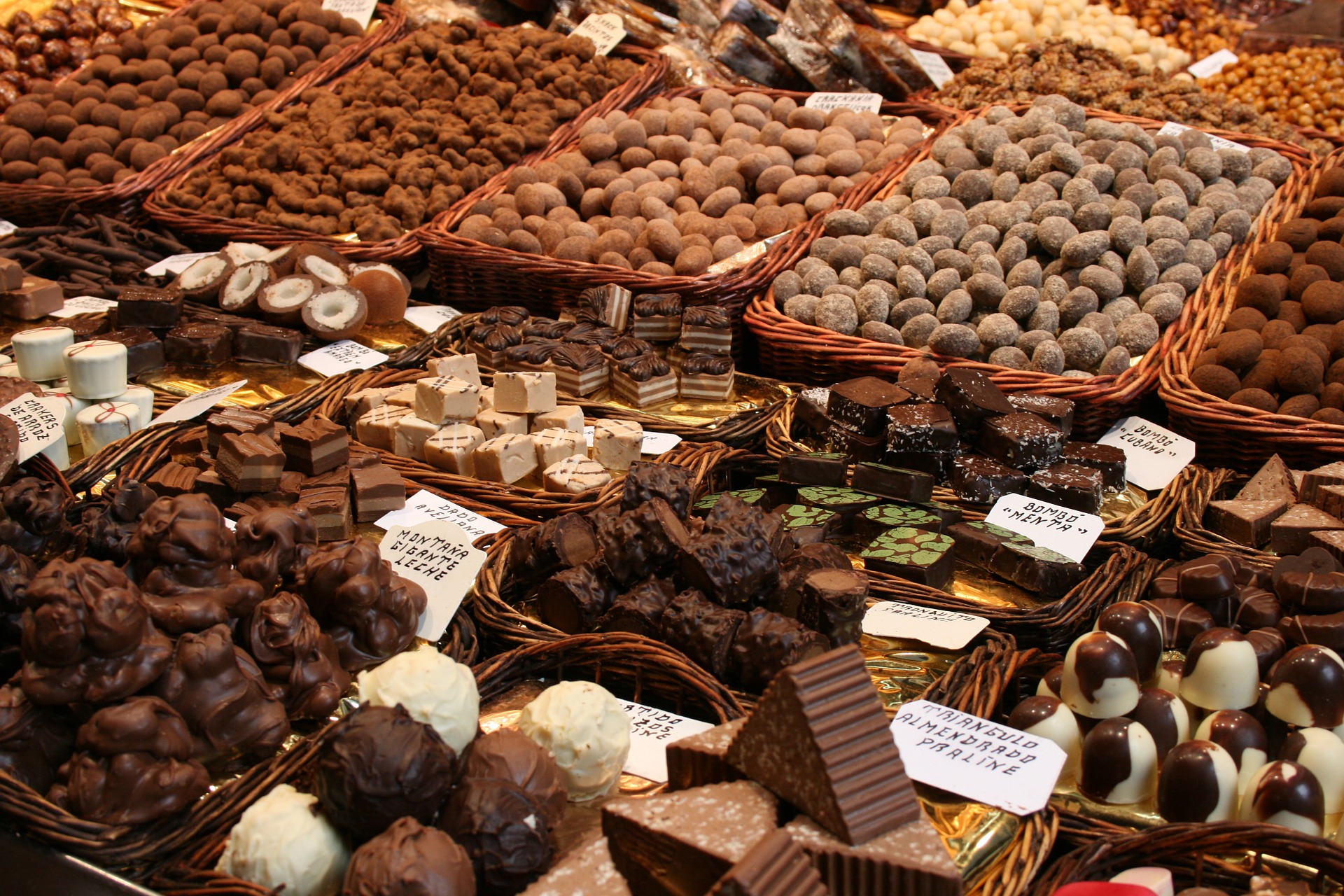Everybody likes it. Children, adults and the elderly. White, dark, milk. In the immense varieties that have been born over the years. And if they have made it a World Day, you can't go wrong. It may seem strange that World Chocolate Day is in July, but it was on the day of July 7, 1847 that the English chocolatier Joseph Fry invented the first bar of chocolate, and we will be eternally grateful to him.
History of chocolate

Il chocolate however it is much older and has come a long way before reaching us in the form of chocolates and tablets. THE Maya they were the first to cultivate cocoa plants, and used the seeds as an offering to the gods. It symbolized fertility and life. The Aztecs they used cocoa as a currency. When they weren't spending it, they pulverized it to make a thick, cool drink called Xocoatl and as they had no sugar, they mixed it with cornmeal and Chili pepper.
In 1528 the conqueror Hernan Cortes he brought cocoa to Spain and presented it to the King. He was also the first to recommend mixing it with sugar. Reserved only for the Spanish nobility, they kept it secret only for them until 1660, when Princess Maria Teresa brought it as a gift to her French betrothed Louis XIV. When it is said to take a man by the throat ...
The French, however, did not keep the secret. Chocolate crossed the Channel and in 1657 the first Chocolate House was opened in London, where the fabulous "West Indian Drink" was served. In 1704 he arrived in Germany where he was even taxed by Frederick I of Prussia. In 1755 he landed in the USA, where the first factory was opened. Chocolate, however, is still consumed in liquid form, sweetened and without chilli, but always very similar to the original.
Until 1847. In that year JS Fry & Sons invents solid chocolate. It was in this British chocolate shop that it was discovered that by mixing milk, sugar, cocoa powder and cocoa butter and letting the mixture harden, a firm, delicious paste was obtained that melted in the mouth.
Modica, pearl of the Italian Baroque

And in Italy too, chocolate has the place of honor it deserves. We are in Sicily. Modica. A charming town that rises at the confluence of two rivers in the province of Ragusa and is famous for the artistic treasures it preserves but also for an ancient confectionery tradition. Included in 2002 with the Val di Noto in the World Heritage List UNESCO for its historic center full of Baroque architecture, the city is famous all over the world for its chocolate.
The city is divided into two parts, Modica Alta, with its narrow houses, churches and Baroque palaces that climb the hills, and Modica Bassa, cut by Corso Umberto, the main street of the city. Its late Baroque layout dates back to the post-earthquake period: the cataclysm struck Modica and the Val di Noto in 1693 and engulfed much of the ancient medieval city. The imposing staircase that leads to the city joins the upper town with the lower one Cathedral of St. George, a symbol of Sicilian Baroque created with an imposing scenographic system that leaves thousands of tourists speechless every year.
From church to church, the Cathedral of San Pietro, also marked by an elaborate Baroque facade. Unlike San Giorgio, this is located in the heart of Modica Bassa, right next to the Castle of the Counts of Modica and is dominated by the Clock Tower. There are many palaces and historic residences that have contributed to raising Modica as a center of reference for art and architecture in southern Sicily. Inhabited once, and some still today, by the descendants of the noble families of these lands, today many of these houses have been transformed into welcoming tourist residences.
Modica chocolate

The splendid churches, the houses perched in the rock, the streets full of shops and chocolate workshops make it an unmissable stop. There is even a cute little one Chocolate Museum, several sculptures created with cocoa are housed in. There are many tasting shops, where you can buy different types of chocolate and taste the famous Sicilian cannoli freshly prepared. Modica chocolate is known all over the world for its particular "cold" processing; the cocoa beans are roasted, ground and heated to 40 degrees. To the mixture, free of milk and vegetable fats, sugar (granulated or cane) is added and, depending on the taste, spices such as vanilla, cinnamon, pistachio, orange. This type of processing allows the preservation of the flavors of each single ingredient and enhances the taste, granulated and pure, typical of Modica chocolate.
The full recognition of this product, symbol of Sicilian excellence, has also recently been made official: last May, the EU Official Journal published the attribution of the IGP mark for Modica chocolate. This indicates on the one hand the possibility of being able to boast a Community trademark, on the other hand the full consideration of a typical, traditional, one-of-a-kind production process.
Wishing you a sweet World Chocolate Day, we leave you with a quote from writer John Tullius: "Nine out of ten people love chocolate; the tenth lies".








